5 Free Geopolitical Symbols transparent PNG images
Explore our comprehensive collection of 5 free AI-generated Geopolitical Symbols images. This curated gallery features diverse visual representations including stock photos, 3D objects, vectors, and illustrations of flags, emblems, national symbols, and diplomatic imagery. Each high-resolution image is available for immediate download, and our innovative 'open in editor' feature allows you to customize the prompts to regenerate variations that perfectly match your needs.
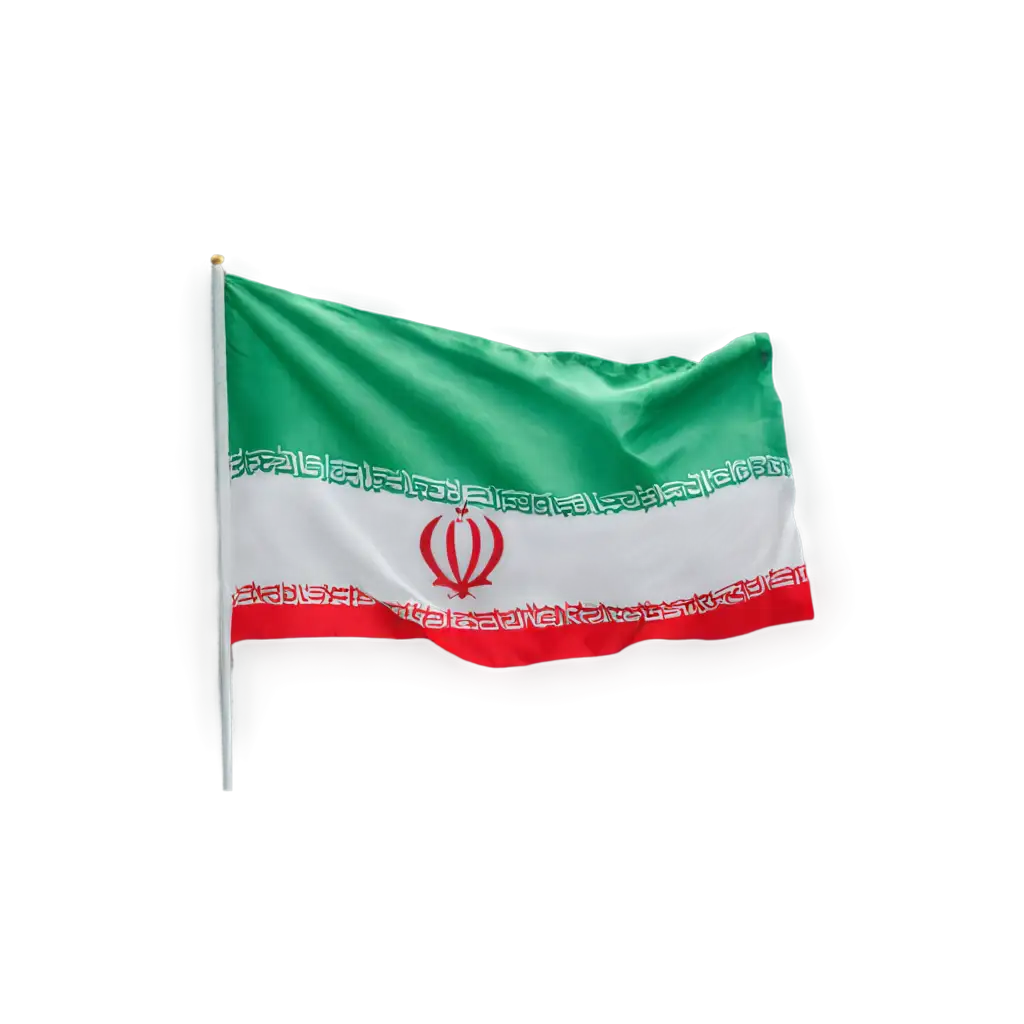
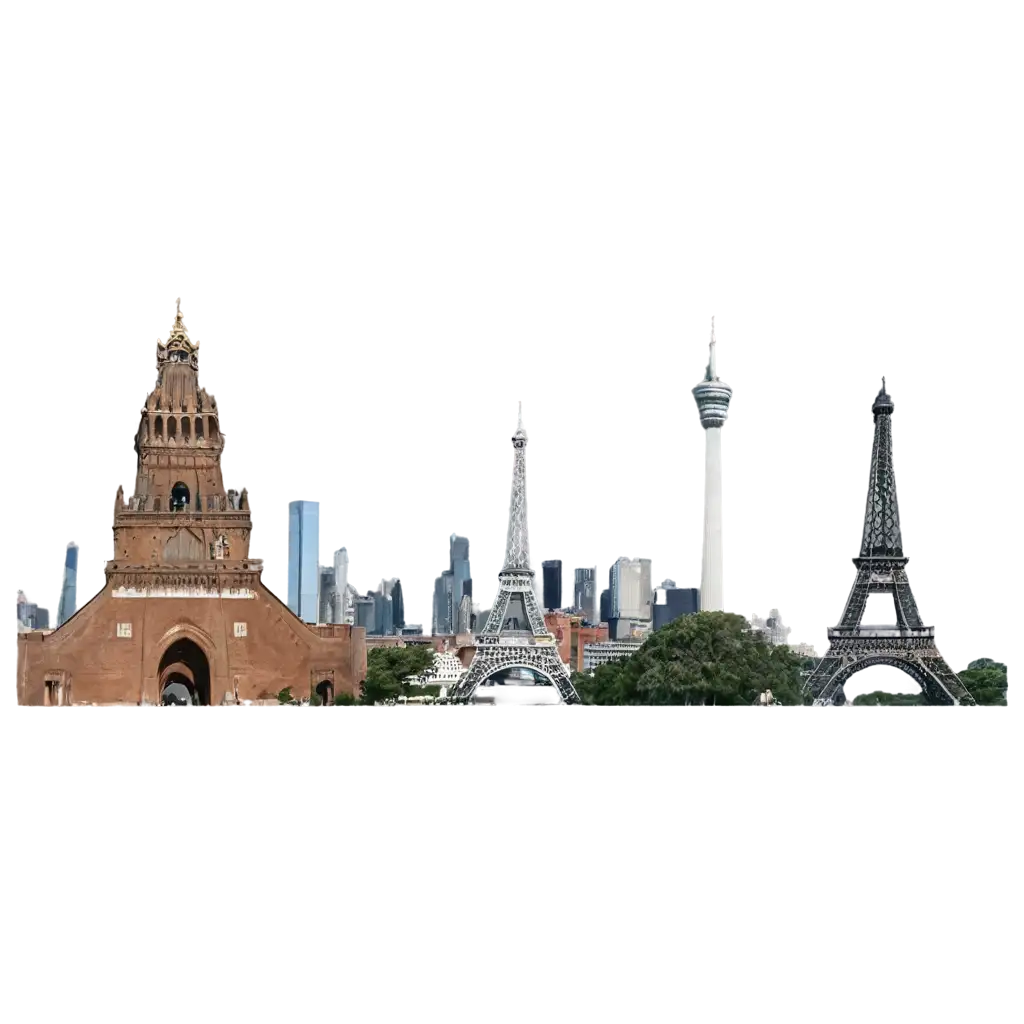
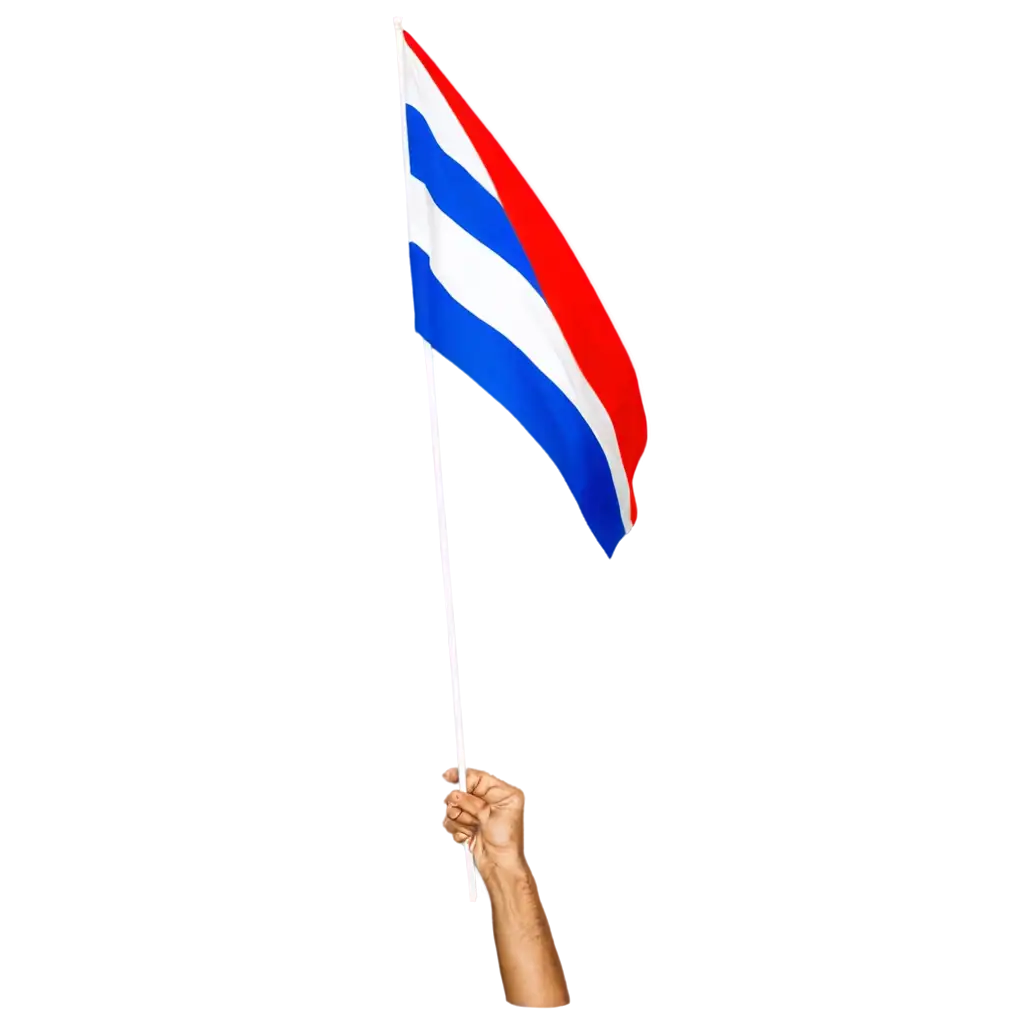
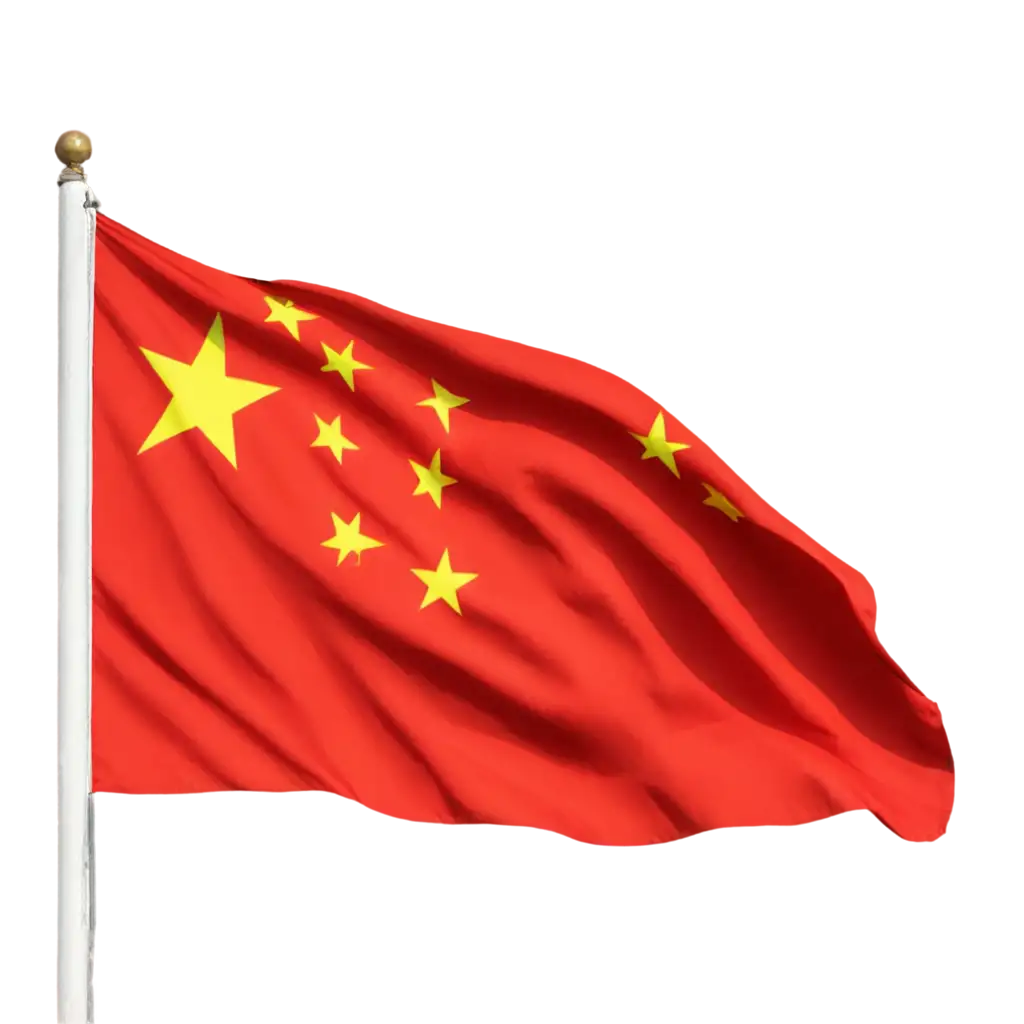
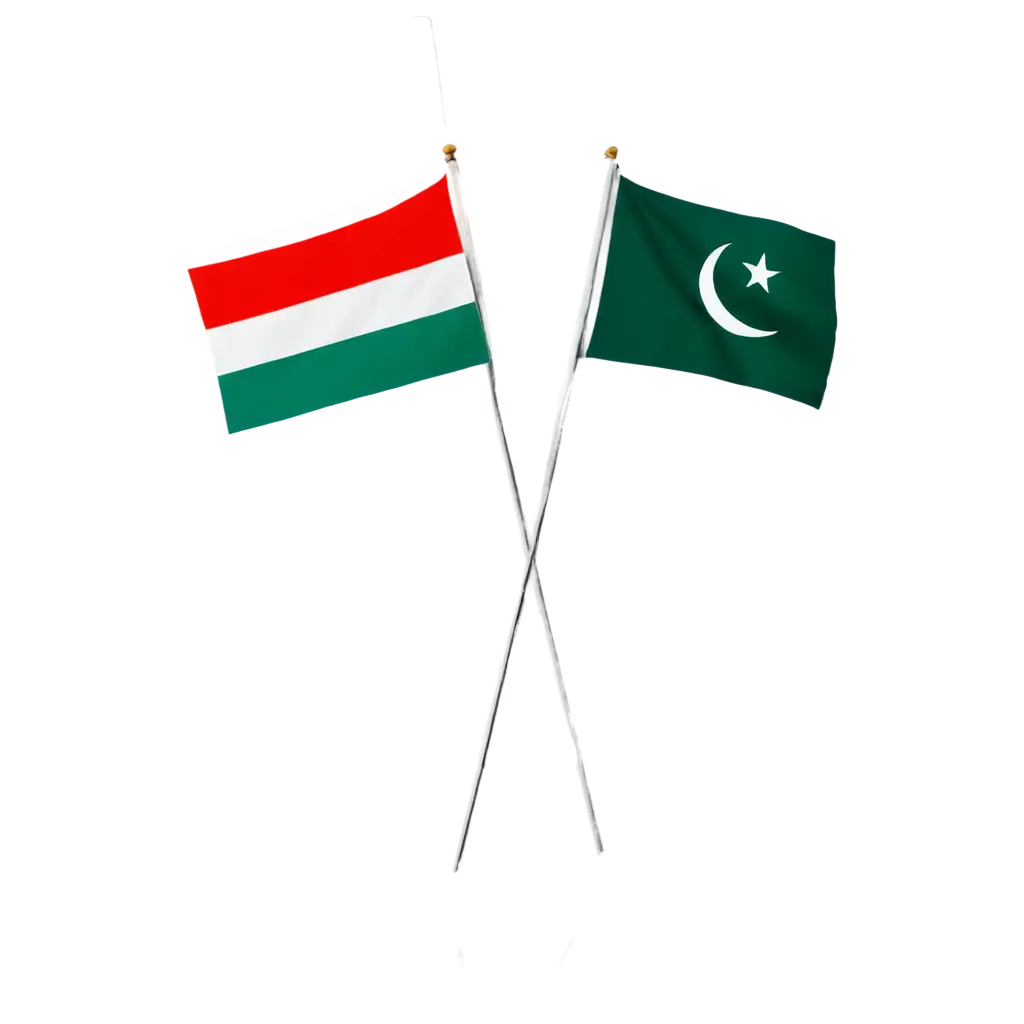
Related Tags
Geopolitical symbols represent the visual language of national identity and international relations. These symbols evolved from ancient heraldic designs to modern state emblems, encompassing flags, coats of arms, national seals, and diplomatic insignias. Each element within these symbols carries specific meaning: colors often represent national values or historical events, while imagery such as eagles, lions, or olive branches convey power, sovereignty, and peace. Understanding these symbols is crucial for diplomatic protocol, international communication, and cultural representation in today's interconnected world.
Understanding Geopolitical Symbols: From Ancient Heraldry to Modern State Emblems
Modern geopolitical symbols appear in various forms and applications. National flags remain the most recognizable, featuring distinctive patterns, colors, and emblems that instantly identify nations. Presidential seals and governmental logos maintain formal authority in official communications. International organization symbols, like the UN's olive wreath or the EU's circle of stars, represent multilateral cooperation. These symbols find applications in diplomatic documents, government buildings, currency design, official websites, and international event branding. Digital adaptations of these symbols must maintain strict proportion and color standards while ensuring clarity across different media platforms.
Types and Applications of Geopolitical Symbols in Contemporary Design
Designing geopolitical symbols requires careful attention to official guidelines and cultural sensitivity. Each nation maintains specific standards for their symbols' reproduction, including exact color codes, proportions, and usage restrictions. When creating AI-generated variations, it's essential to respect these standards while exploring creative interpretations. Key considerations include maintaining accurate color relationships, preserving symbolic elements' integrity, and ensuring proper spacing and alignment. For digital applications, vectors and scalable formats are preferred to maintain clarity across different sizes and contexts.
Creating Authentic and Respectful Geopolitical Symbol Artwork
The digital era is reshaping how geopolitical symbols are designed and utilized. Emerging trends include adaptive symbols that maintain recognizability across various digital platforms, simplified versions for small-screen devices, and animated variations for digital media. AI-generated interpretations are opening new possibilities for creating derivative works while respecting traditional designs. Modern geopolitical symbols increasingly incorporate elements that represent technological advancement, environmental consciousness, and global interconnectivity, while maintaining their historical significance and cultural authenticity.
Future Trends in Digital Geopolitical Symbol Design